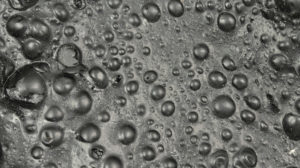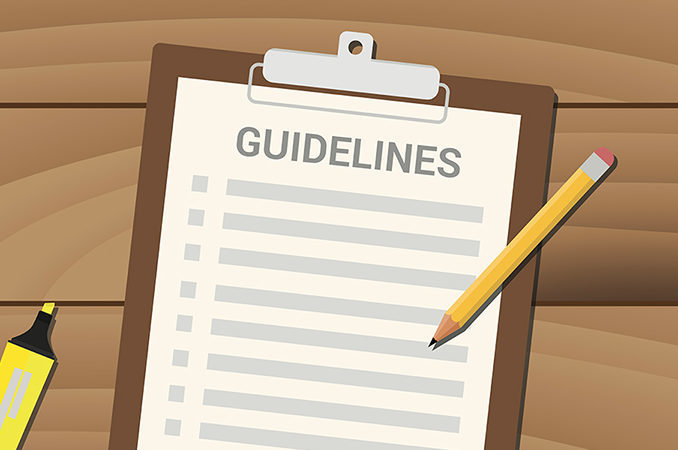Let’s face it: There’s a lot that can go wrong during the injection molding process. If you’re an experienced engineer or an entrepreneur who has dealt with injection molding before, you probably already know this. Also, if you’re just starting and researching options to bring your idea to reality, it’s an important fact to remember.
Fortunately, it’s also relatively easy to overcome, especially if you’re aware of the best practice injection molding design guidelines that let the process do what it does best. As we take a look at these injection molding guidelines, we’ll also work chronologically through the injection molding process itself, so you can see why each guideline is important, and how and where the integrity of your part can be tripped up.
One factor to keep in mind as you read through these plastic part design guidelines: The rationale for following these best practices is, in an immediate sense, to ensure the success and viability of your finished product. The bigger-picture goal, however, is a positive impact on your bottom line: fewer rejected parts of the production line, shorter production cycles, fewer iterations to reach a manufacturable product, and increased product quality in-market, protecting your brand and reducing your liability.
The Beginning of the Molding Process
The importance of following injection molding guidelines becomes apparent almost as soon as the liquid plastic material begins to flow into the mold cavity. Here are some product and mold design factors to consider:
Flow from thicker to thinner areas: While in a perfect world, all injection molded parts would have completely uniform wall thicknesses (a goal to strive for in your part design, and something we’ll talk about more throughout), in reality, that’s not always practical. For products with areas that vary in thickness (which is almost all of them), the best practice is to design your mold in such a way that your plastic material will first be injected into the thickest areas of the piece, then flow into thinner areas. Why? If the mold were designed in the reverse way, there would be a very real risk that the material would cool in the thinner sections before reaching the thicker areas, preventing the complete part from being made.
The Middle of the Molding Process
Uniform walls or gradual transitions: As mentioned above, uniform walls are the goal to aim at when designing your part. Uniform walls ensure optimal, unforced material flow as your part is being molded, and also help ensure uniform cooling (which we’ll talk about shortly). If it’s not possible to design your part with uniform walls, you want to be sure that you transition thicknesses gradually rather than abruptly. A good rule of thumb is to multiply the change in thickness that you need by three, and apply the transition over that amount of length of the part.
Rounded corners and no sharp angles: If you were to abruptly apply a change in thickness, you’d essentially end up with a flat wall and a sharp angle drop in order to cause that change. The problem with sharp angles in injection molded parts is that it’s difficult — in fact, almost impossible — for the hot molding plastic to completely fill an area with that shape. Aside from gradual transitions in thickness, sharp angles should also be avoided on the corners of a part whenever possible. In addition to molding issues, sharp angles retain much of the residual stress of a finished part, making them more prone to breakage.
Rather, corners should have a radius applied — in other words, they should be rounded. It’s best to make them as rounded as possible while still maintaining the intended form and function of your piece, but as a general measurement, look to keep the inside radii of your corners measuring 0.5 times the wall thickness where they occur, and the outside radii at 1.5 times the wall thickness.
Completing the Molding Process
Once the plastic material has flowed through the mold cavity and completely cooled, there are still a few concerns to take into account as your product is released from the mold:
Incorporate draft into your part design: Draft means simply building slight angles into the vertical surfaces of your part, enabling a much easier ejection from the mold. A more seamless mold ejection not only reduces your production cycle times, but more importantly, it prevents scratching or scraping of the façade of your piece on the way out.
Much like rounded corners, the more draft you can apply, the better, though form or functional concerns will often counteract and keep the draft you’re able to build in to a minimum. The commonly accepted effective minimum of draft on a vertical part wall is 0.5 degrees, while a best practice is to aim for draft of 1 degree (or more). Keep in mind, however, that any draft, no matter how minimal, is better than no draft at all.

Plan out your parting line: If you haven’t seen an injection mold before, it helps to know what one looks like, and how it operates. The mold is essentially a block with a “negative” of your part removed from it, and the block is split down the middle — that’s how the molded piece is retrieved after cooling. A byproduct of that split down the middle is what’s called a parting line, which is essentially a visible seam or line as a result of small amounts of molten plastic reaching, and cooling in, the area where the two halves of the mold meet.

If planned correctly, parting lines don’t have to add time or expenditure to your production cycle: if, for instance, they are planned and designed for in such a way that they don’t affect the part’s function or performance and don’t create an unacceptable appearance. Unplanned for parting lines create the need for removal via trimming, sanding or other finishing processes, which equate to increased production costs for you. With a little bit of pre-planning, you can save resources in those areas.
Although there are many more plastic injection molding design guidelines out there — all of which are worth investigating and learning more about — the ones described above will provide the foundation you need to design a viable, manufacturable product. By following them, you and your product are poised for success.



